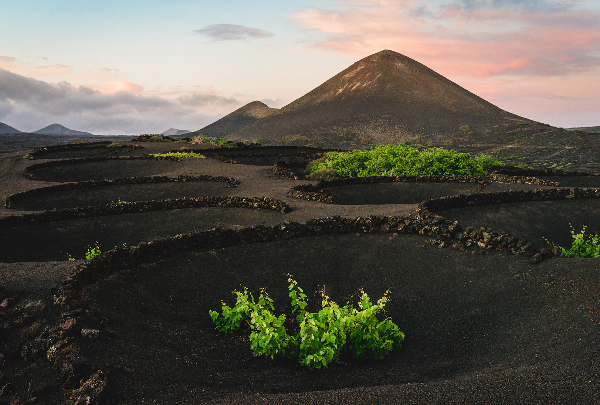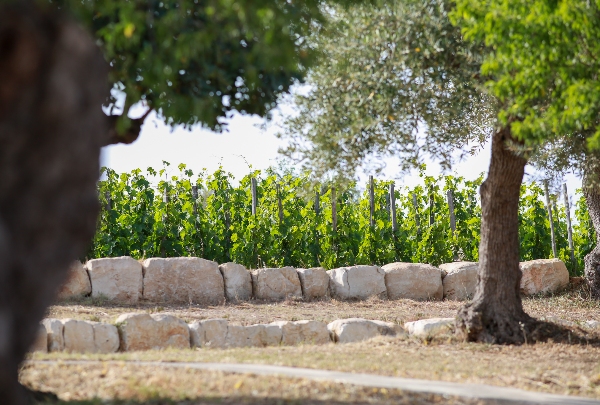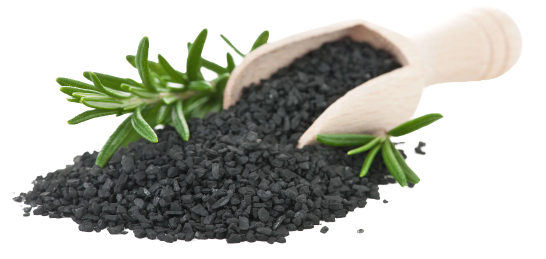Interview
Llorenç Planagumà: "In volcanology, beauty comes from destruction".
.jpg)
Volcanic eruptions are a source of destruction, but also a source of opportunity. The geologist Llorenç Planagumà's recipe is to appreciate, understand and (sustainably) exploit them.
When the earth roars, its power fascinates and frightens us at the same time, but from all the unleashed power that emanates from its bowels comes not only destruction, but also, in the long run, opportunity and beauty. "In volcanology, I would distinguish between the beautiful and the sublime. Big volcanoes, thousands of meters high, are fascinating but also terrifying. They are sublime. On the other hand, there are volcanic fields, which are beautiful places in themselves," says Llorenç Planagumà, geologist and geoconservation advisor at the Garrotxa Volcanic Zone Natural Park (Olot, Girona) and scientific coordinator of the Volcano Active Foundation.
This is particularly true of monogenetic volcanic fields, "created by volcanoes that have only erupted once", which offer "some of the most beautiful areas in the world, because their eruptive dynamics create a landscape with smooth shapes and rich soils that, with the right climate, are filled with a great variety of vegetation or crops", explains Planagumà.
The fact that a volcanic field is not connected to a superficial layer of magma means that when it rises, it does so through cracks in the earth's crust, and this generates "a volcanism of small cones in each of these cracks, so that instead of a single volcano that grows in meters, as in the case of Mount Etna or Mount Teide, there are areas dotted with small cones", explains the volcanologist. The area of Garrotxa (Girona) or the island of Lanzarote itself are monogenetic volcanic fields, areas with small volcanoes with a maximum height of 300 meters.
But it is not only the volcanic activity and the landscape left by the eruptions that make these places so beautiful. According to Llorenç Planagumà, "three factors play a role. Geology, of course, but also the climate that shapes it, and the societies that coexist with it and transform it through activities such as agriculture. When the climate is favourable, "when it rains, these lands are very fertile and can be cultivated, creating a very pleasant landscape of lava flows and a mosaic of cultivated fields on small rounded hills, with a lot of vegetation and a high level of biodiversity", explains the geologist from Girona, referring to the surroundings of his native Garrotxa. But even when the weather is not so kind, nature manages to impress us with almost desert-like landscapes, as in the case of Lanzarote, "a fascinating place for me," says Planagumà, "because the lack of vegetation makes the volcanoes very visible, and also the agricultural use of the area gives it a very special profile. But it is not only here that we find volcanic fields, as these formations can be found all over the world, from Asia (Japan and China) to New Zealand, the Azores (Portugal) and Mexico.
It is therefore clear that although volcanoes pose a threat to society, it is also true that their consequences can be of social, economic and even aesthetic benefit. "Traditionally, people have always taken advantage of volcanoes and it is known that they have gone in search of richer soils, young soils with a lot of minerals that produce eruptions, but it is also true that these areas could be used to greater advantage," says the geologist. For Planagumà, the key is to combine and develop this agricultural part with gastronomy and tourism. "It is a very interesting triangle in which you take care of the landscape, promote and protect its values, and also eat it (there is a huge potential for discovering gastronomic flavours). This is the maximum use of the landscape," concludes Llorenç Planagumà.
An example of this synergy can be found in a place that the volcanologist knows well: his native Garrotxa. The current landscape of La Garrotxa," he explains, "is the result of a volcanic eruption 8,000 years ago. An eruption that created fertile soils that, combined with a humid climate, gave rise to a rich biodiversity. Cause and effect are now great allies of the region's economy. An art school has been created, tourism has been boosted, the industrialisation of the area has been promoted and unique products such as sweet onions and Santa Pau beans have been cultivated. A clear demonstration of how the population has managed to turn the consequences of this natural phenomenon into an asset". In short, evolving with the landscape.











